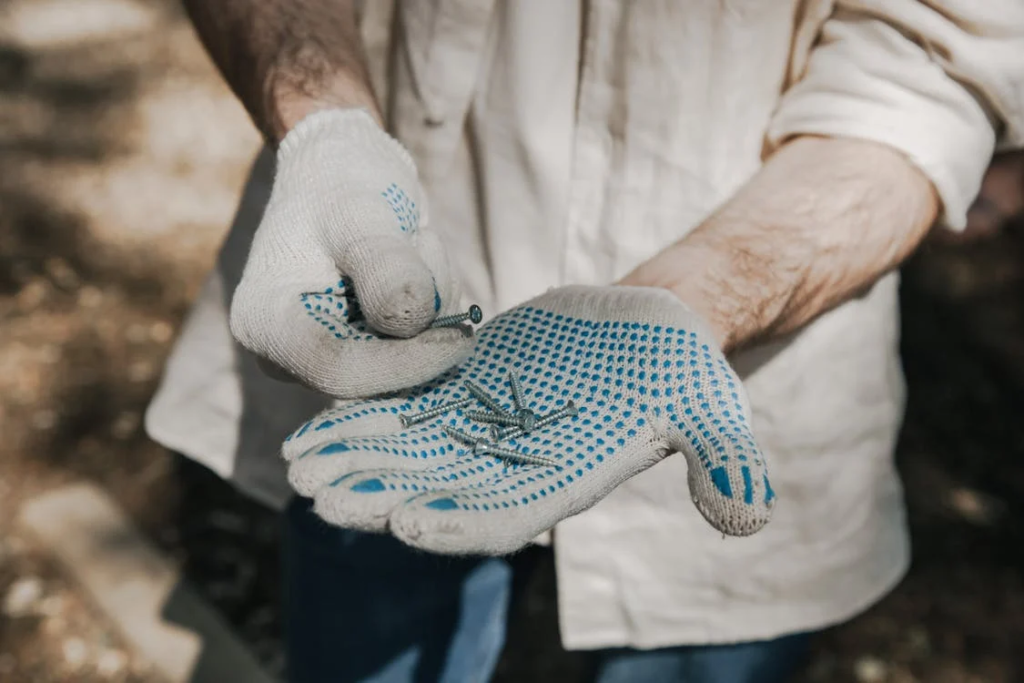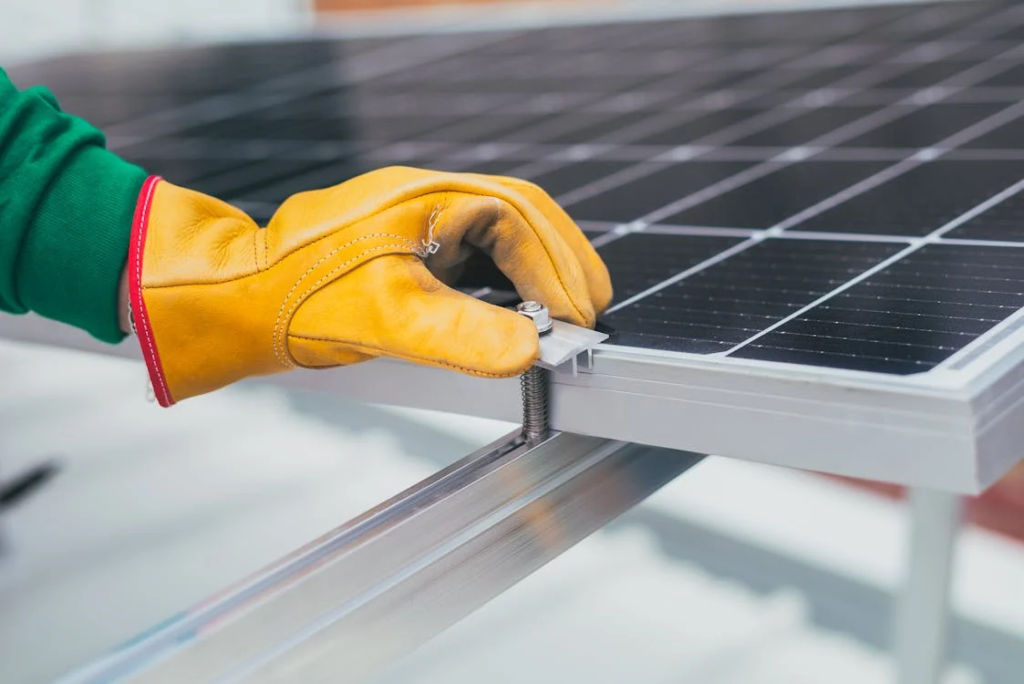In times of war, natural disasters, and infrastructure collapse, electricity becomes more than a convenience—it becomes a lifeline.
When airstrikes knock out power stations, fuel blockades shut down diesel generators, and darkness falls over hospitals and refugee camps—solar energy often becomes the last source of hope.
But survival in such conditions doesn’t rely on solar panels alone. What determines whether a solar system holds or fails often comes down to something far more humble: stainless steel fasteners and structural components.
1. When Power Fails, Lives Are at Risk
In 2023, during repeated bombings in Gaza, the ICU at Al-Shifa Hospital was plunged into darkness. The only functioning electricity came from a rooftop solar system—held together by stainless steel mounting hardware.
Situations like this are becoming common in conflict zones and disaster-stricken regions:
- Life-support equipment shuts down
- Communication towers fall silent
- Water pumps stop, cutting off clean water
Solar power is deployed as a fast, independent, renewable solution because it’s:
- Fuel-free and emission-free
- Rapid to install
- Scalable and modular
- Independent of local grid networks
But unless the system is structurally reinforced and corrosion-proof, it can’t survive the elements—or the warzone.
2. The Hidden Weak Points in Traditional Solar Systems
Many solar systems collapse in crisis environments—not because the panels stop working, but because poor-quality connectors and fasteners fail under stress.
| Crisis Factor | Consequence | Root Cause |
|---|---|---|
| 💥 Blast shockwaves | Panel detachment, system collapse | Carbon steel bolts loosen or break |
| 🧂 Salt-laden air | Structural corrosion, rusted mounts | Standard metals fail near coastlines |
| 🔥 Shrapnel impact | Bolt fracture, lethal debris risks | Weak fasteners snap or deform |
A loose bolt can take down an entire solar array.
A rusted clamp can interrupt water purification for thousands.
3. Stainless Steel Fasteners: Invisible Yet Indispensable

To make solar systems “crisis-proof,” engineers rely on marine-grade stainless steel, especially types 316 and 316L. These fasteners connect components with strength, durability, and corrosion resistance unmatched by galvanized or mild steel.
| Feature | Standard Metal | 316 Stainless Steel |
|---|---|---|
| Tensile Strength | ~400 MPa | 650+ MPa |
| Corrosion | Rusts within 6 months | 20+ years resistance |
| Temperature | Warps under high heat | -40°C to 870°C stability |
| Impact Resistance | Snaps under pressure | Withstands shrapnel and shock |
4. What Makes Up a Resilient Solar System?
A robust emergency solar system includes:
- Solar Panels (PV Modules): Converts sunlight to electricity
- Mounting Structures: Holds panels at optimal angles
- Fasteners: Bolts, nuts, clamps, and washers—critical for stability
- Inverters and Batteries: Convert and store usable power
- Wiring and Junction Boxes: Ensure safe energy transfer

Every one of these components depends on strong, corrosion-resistant fastening to remain operational under stress.
Without proper fasteners, panels shift or detach.
Without stable clamps, corrosion spreads and system failure begins.
5. Real-World Applications: Silent Protectors in Active Zones
Gaza — Al-Shifa Hospital (2023)
Used 304 stainless steel brackets and fasteners. During aerial strikes, the rooftop system stayed operational, powering ventilators and lights in the ICU.
Khan Younis Water Treatment Facility
Mounted with 316 stainless steel bolts and solar rails. System resisted both salt corrosion and shrapnel damage for over two years.
UN Mobile Clinics
Solar arrays installed on rugged vehicles used nylon-lock nuts and insulated washers. Units maintained zero failure rate during rough-road transport in crisis zones.
6. Engineer’s Checklist: Building a “Combat-Ready” Solar System
Use 316/316L Stainless Steel Fasteners (304 is not suitable for coastal or high-corrosion zones)
Choose fine-thread bolts and nylon lock nuts for vibration and blast resistance
Apply insulating coatings to prevent galvanic corrosion between dissimilar metals
Ensure component kits include pre-matched fasteners and clamps for rapid deployment
Solar panels alone are not enough. The wrong bolts can compromise the entire system.
7. Final Thought: A Bolt That Holds, A System That Saves
Solar power brings light—but only when it’s held firm in place. In some of the world’s darkest and most dangerous places, it is the humble stainless steel fastener that keeps solar systems working.
“In Gaza, we don’t repair solar systems—we reinforce them. Every bolt must be stainless steel, or it becomes shrapnel.”
— Rami Haddad, Solar Engineer, Gaza Energy Program
From trauma hospitals to water stations and refugee shelters, stainless fasteners are doing the quiet work of saving lives—one secure connection at a time.




